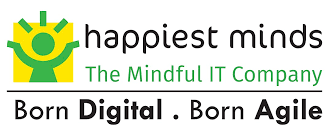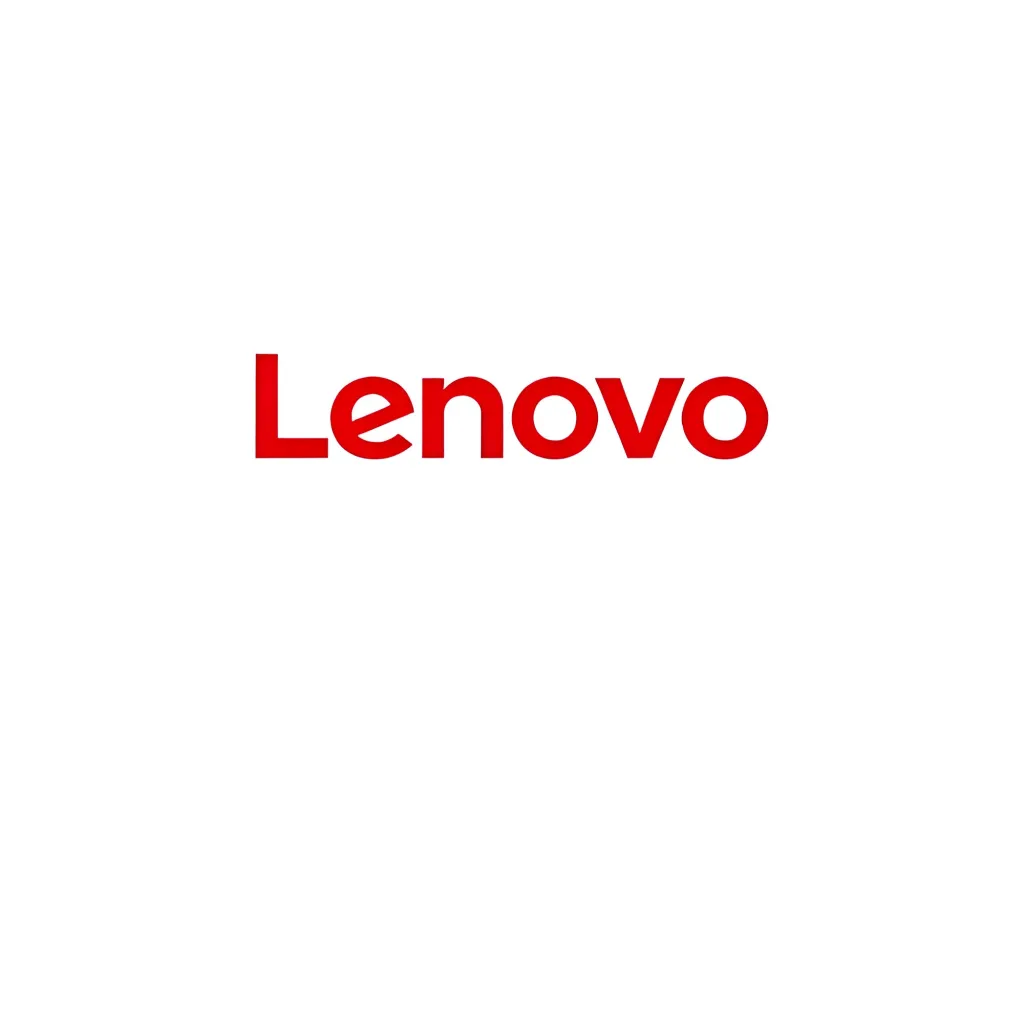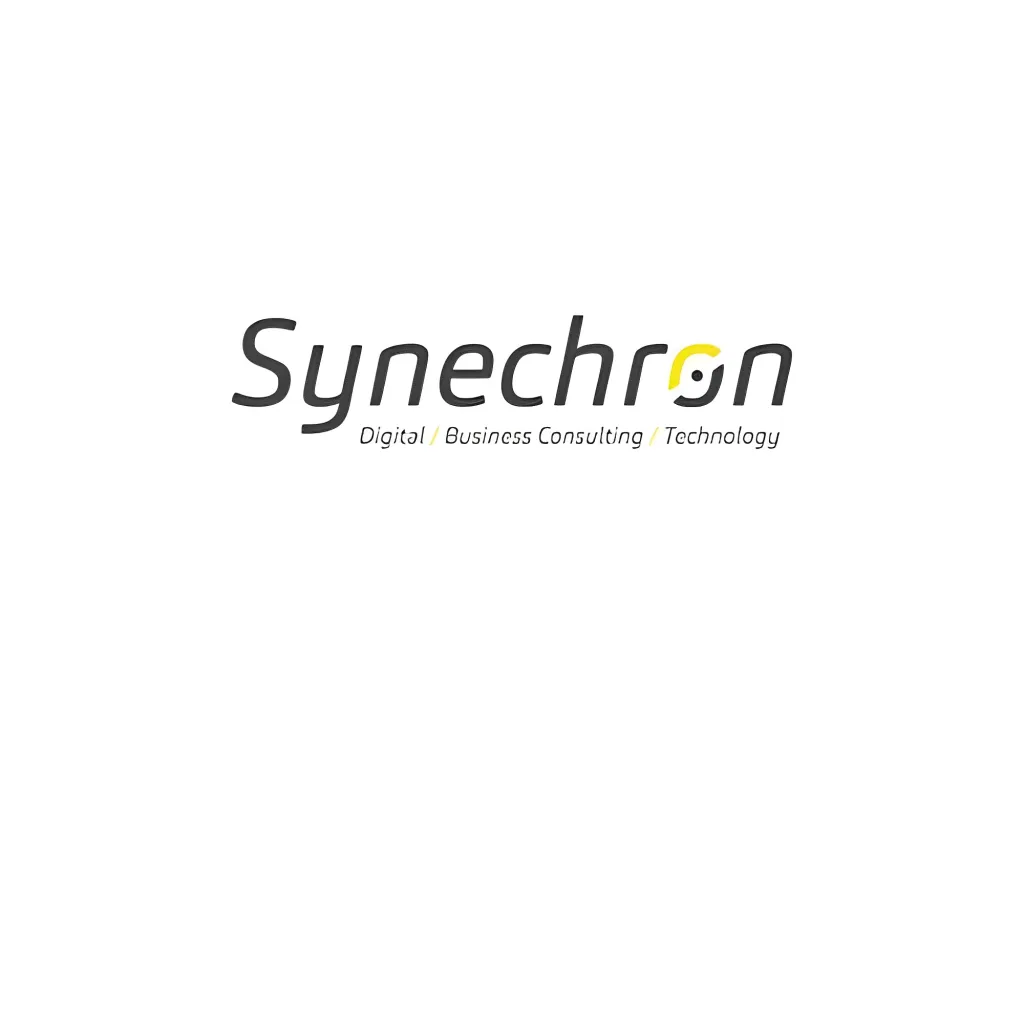The Growth of Interactive Products Market in Smart Classrooms: K12 & Higher Education segments, Govt. Initiatives, Key Players, Market Potential, Growth Drivers, Future Trends& Challenges
Globally, educational institutions are on a digital journey to enable their classrooms with smart devices and turn their traditional classroom into a smart classroom. The journey encompasses basic steps, such as incorporating interactive whiteboards / interactive flat panels / interactive projectorsin their classrooms and connect these devices via the internet as a gateway to wide range resources available to each stakeholder. And the result is amazing – students are getting hooked to an interesting way of learning through audios and videos, multimedia, annotations with better explanation, images, online web conferences, PPT presentations, 2D & 3D animation lessons. Increasing demand for dynamic interactive learning systems is a key factor driving growth of smart classroom market. In addition, increasing number of mobile learning applications and increasing adoption of digital & online learning facilities are expected to fuel growth of the smart classroom market. Moreover, increasing competition among schools and universities to provide best quality and advanced learning facilities are other factors expected to boost growth of the smart classroom market in near the future.
What is Smart Classroom& how has it gained popularity?
Smart classrooms are technologically enhanced classroom that enable teaching and learning opportunities like never before. By placing a digital learning technology, equipped with a specialised software, assistive listening devices and audio/visual capabilities in a classroom, smart classroom is opening up an opportunity of infinite methods of teaching, learning and growing together as a unit, which is the major reason for its popularity in very short span of time.
What are the main interactive products inside smart classroom?
The major products in interactive products market are interactive whiteboards, interactive flat panel displays and interactive projectors that act as a medium of communication and impart education to students through visually rich information.
What is its estimated Market Size?
As per the latest research study conducted byV4C Market Research & Analytics,only about 20,000 units of interactive products were used in classrooms that have increased to 5,61,000 units by in 2019 indicating a cumulative average growth rate of 40.1%. Interactive products are steadily replacing the conventional whiteboard teaching solutions considering better communication and ease of explanation of the concepts. Earlier, smart classroom in India was restricted to mostly to interactive whiteboards and after 2016 interactive flat panel displays and projectors captured the market quickly.
Between CY’ 2009 and CY’ 2019, the number of enrolments of students in schools has increased from 170.5 million to 182 million. The number of schools have increased from 1.25 million schools in CY’10 to 1.4 million schools in CY’19. The number of colleges and institutions in India has increased substantially from 23,800 to 60,000.
The deployment of smart classroom devices has increased significantly in both, private as well as government schools. According to a Gallup survey, after introducing smart technology institutions & colleges, students’engagement rate has improved by 55%. Among the different applications of smart class Products in the education sector K-12 Schools have the highest share of 55%, while higher education, vocational education has lower share. The number of enrolments in colleges and institutions has increased substantially. In last 10 years, number of students in Indian universities and colleges has more than doubled to reach 40 million students from 16.5 million students in CY’10
Who all are the Key Players?
Considering smart classroom Interactive products (namely Interactive Whiteboards, Interactive Flat Panel Displays & Interactive Projectors) in both K12 & higher education segments, there has been many multinational & Indian players such as SMART (Foxconn), Promethean, Cybernetyx, Hitachi, Newline, Panasonic, VAMAA, Globus, eBeam, Epson, Mimio, Brio, BenQ, ViewSonic, Vivitek, Senses, Samsung, Maxhub, Sharp, LG, Acer & many others.
The interactive product market for smart classrooms was dominated by Smart Technologies in 2009, and other key players were Mimio (Boxlight), e-Beam (Ludia), Promethean and Hitachi. But over a decade technology disruptor Cybernetyx emerged out as an outright market leader. Deploying the most advanced sensors in its technological learning devices Cybernetyx ranked No.1 and an outright market leader (with 22% of market share) considering the cumulative shipment data from CY 2009 to CY 2019 with the highest number of smart classroom devices deployed in over 1,20,000 classrooms (ref. V4C Market Research & Analytics 2020).There are enough pieces of evidence to prove that growth is certain when digital tools are used to enable a clear vision focused on learning goals – and it happens quickly. Among Government and private schools, the strongest success cases are seen where the technology was integrated with a clear vision.
In 2009, SMART was the pioneer in the field of Smart Classrooms in the country and its interactive whiteboards were the first one to be installed across classrooms. In 2016, Smart Technologies was acquired by Taiwanese electronics giant Foxconn Technology Group as the management sold the company due to its growth was slowing down in the past 1-2 years. Promethean is a global leader in interactive displays for education and has a product portfolio of interactive white boards, interactive display, and classroom software. Combining the latest technologies, Promethean has introduced Active Panel Series, an integrated solution for smart classrooms. Newline entered into the Indian market in 2017 and is focusing on the interactive flat panel displays and Interactive whiteboards. VN Series and RS+ Series are the latest products offered by the company that embeds all the features required for a smart classroom. Epson interactive projectors let you navigate touch-enabled interactive projectors to swipe, draw, and rotate through fingers. The company is leading the way with continuous advances in interactivity, quality, functionality, and affordability for smart classroom devices including projectors, printers, and scanners.
Cybernetyx closely studied the problem of teachers in the classroom to control the bulky interactive whiteboards with poor performance and developed an intelligent and inexpensive light-sensing device that could convert any surface into a touchscreen with multitouch gesture support — just like a giant smartphone or tablet computer. Naming it EyeRIS (acronym for an Eye-Like Rapid Imaging System), Cybernetyx deployed this technology into its smart classroom devices and became a leading player in the Indian Interactive Whiteboards market, with an installation of EyeRIS in over 1,20,000 classrooms across the nation. The research report concluded Cybernetyx as the faster-growing company in the interactive products segment, with a major focus on interactive whiteboards and interactive flat panel displays.
Interactive whiteboard software suite (IWB Suite) plays the most significant & important role inside the digital classroom. IWB suite typically comes along with the Interactive hardware and they are also available as stand-alone software product as well. IWB suite iscollaborative lesson delivery software for Interactive Whiteboard / Interactive Flat Panel Displays / Interactive Projectors. They provide a vast suite of tools to create and deliver dynamic lessons. They have dashboard and vast suite of lesson creation tools are purposefully designed for teachers to engage students with compelling content. Teachers can import their existing resources, such as power point slides and PDFs, and embed multimedia files. Historically, Notebook (from Smart) & ActivInspire (from Promethean) have been two most popular IWB suites in the market. Subsequently, IntelliSpace (from Cybernetyx) started getting more & more popularity amongst the educators. IntelliSpace is a multi-touch software suite that supports 255 touch-point simultaneously. It supports gesture recognition, native handwriting recognition, and shape recognition up to six-sided figures. This software comes with interactive tools for Geometry. These tools work like their real counterparts and can be used precisely. Use of a protractor and compass on a big canvas, help students build a strong foundation in subjects like Geometry. IntelliSpace supports multiple formats of presentations, documents, images and videos so that users can import, and annotate on them to explain complex concepts. It supports the MS Office files like handwriting recognition in Word, Excel, and PowerPoint. The software also supports multiple languages including Mandarin, Chinese, Japanese, German, Spanish, French, etc.
Market Potential: Key Growth Driver
The decision of the government to switch to digital boards from pre-existing blackboards in every government school in a phased manner surged the demand of smart classrooms under ICT. In the recent report, V4C Research 2020 has quoted that “nearly Rs 9,000 crore is required to create smart classrooms for every government and government-aided schools across the country within the next seven years.” The Union HRD Minister has set a target of creating nearly 3 lakh smart classrooms by 2023 at the cost of Rs 2.4 lakh per classroom while Rs 60,000 will be spent to maintain the digital classroom every year.
- HRD Ministry launches Operation Digital Board Program by virtue of which900K classrooms (from class IX to XII in schools&in higher education institutions) in the country to have digital boards by 2022
- The government of Andhra Pradesh has invested in smart classroom projects across Vizag and Vijaywada.
- The Government of Kerala has decided to turn 45,000 classrooms in 4,775 government and government-aided schools, and has allocated Rs 493.5 crore for the deployment.
- The government of Karnataka is setting up 1000 Government higher primary schools.
- The government of Chhattisgarh has invested Rs 60 Crores in 2016 and has implemented more than 33,000 primary government schools with 23 lakh children.
- New Delhi Government has mandated several Government schools to have smart classrooms and has allocated INR 9,000 crores for that purpose.
The Future Trends
The current scenario shows that interactive whiteboards have highest installations in the country but with better display quality and low maintenance cost, interactive flat panel displays could win the market with higher growth rates going forward. Interactive projectors have shown a decent growth and is expected to maintain a slow and steady pace.
In the current scenario when COVID –19 has impacted the continuation of in-campus classes, adopting online and offline classes have become mandatory, giving rise to hybrid classroom model wherein face-to-face classroom and remote learning can be carried out without any interruption. Not only private schools, but government schools are also focusing more on hybrid classroom devices, to enable online and offline medium of learning.
Challenges:
Low penetration in rural areas: The penetration of interactive products across smart classrooms in rural areas is still pretty low, as a result of which penetration levels in India is on the lower side. It is expected that the installations in classrooms in rural regions will also rise, as several states are installing interactive products in Government schools
- Lack of proper training facilities: Several teachers across the country need to go extensive training to be able to utilize all features in interactive whiteboards, flat panel displays. This is proving to be a hindrance in certain cases
Conclusion
Interactive smart classroom devices have become a buzzword in today’s digital era with its visually attractive methods of teaching that makes learning and teaching, interesting and engaging, for teachers as well students. Needless to say, these devices have brought new opportunities to innovate, compete, and drive growth in education sector.
The most vital aspect of the growth of interactive product market is the willingness of educational institutions to experiment and deploy new technology to make education meaningful and reachable to all. The government and other authorities are well-aware of the transformation a smart classroom will bring and are investing to change the way students learn, the way educators teach, and aligning their compatibilities through interactive smart classroom devices.
Interactive smart classroom devices have accelerated the adoption of technology and made education accessible to one and all.









